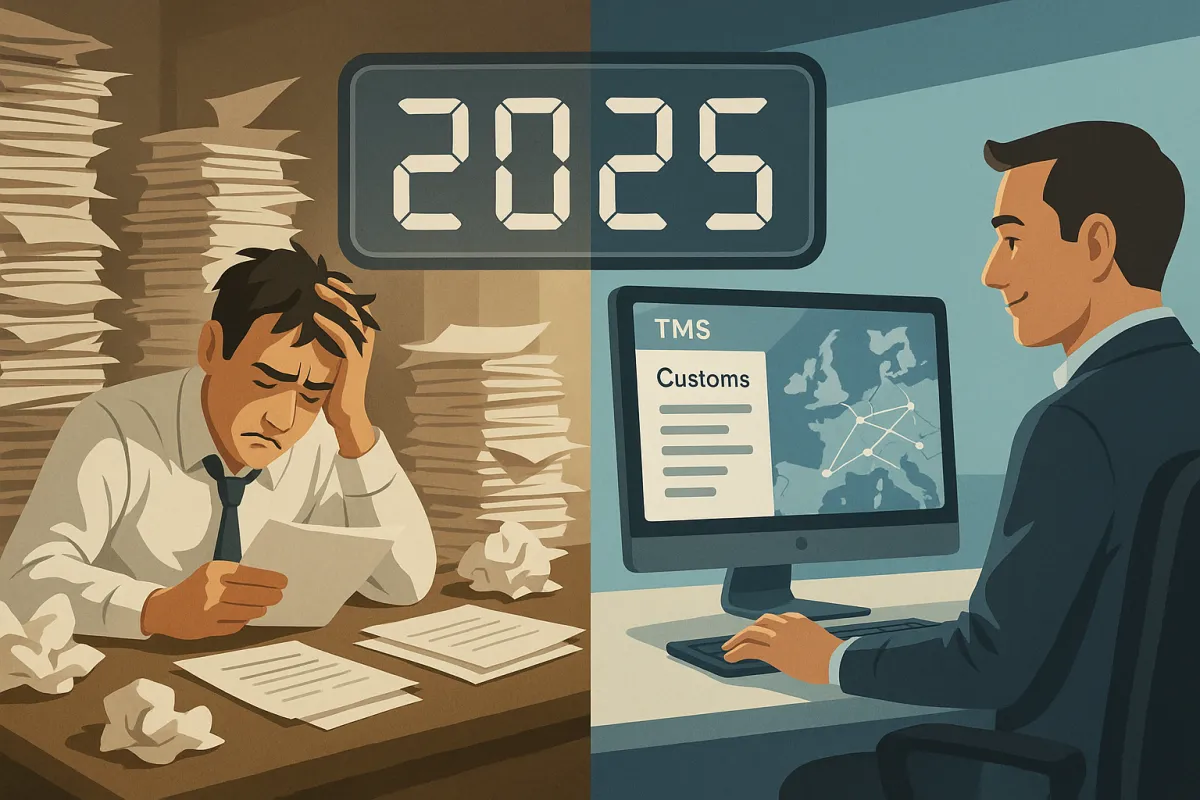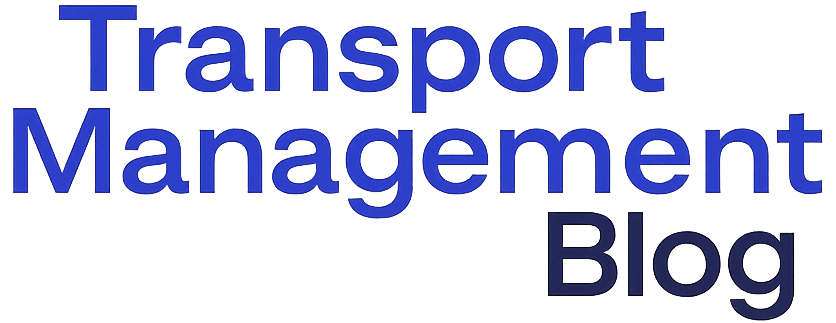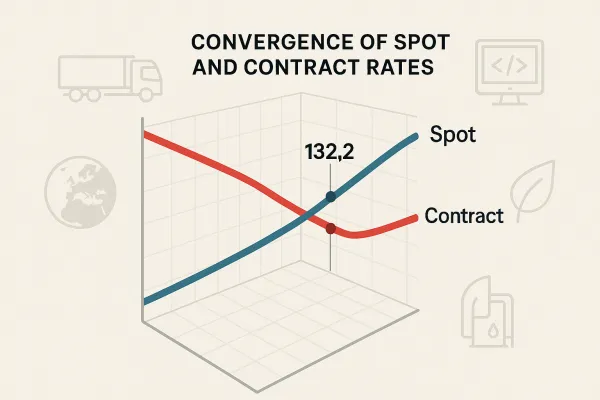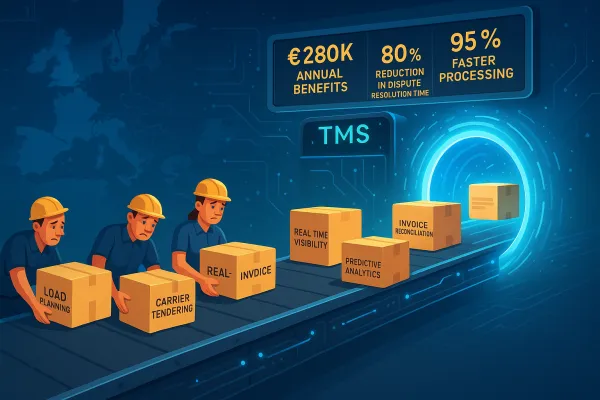The European Shipper's 2025 Customs Digitalisation Advantage: How to Choose TMS Platforms That Handle Both Legacy Systems and Future EU Data Hub Requirements

A German automotive parts manufacturer just learned what a €800,000 TMS implementation mistake looks like. They chose a North American-focused platform six months before discovering their primary carriers couldn't integrate without costly custom development. Now they're facing a complete re-implementation as several EU Member States miss their December 2025 customs digitalisation deadlines.
This scenario repeats across European supply chains as companies navigate incomplete digital transformation while making TMS decisions that will define their operations for the next decade. The convergence of delayed customs systems and TMS procurement creates both risk and opportunity for strategic shippers.
Why the EU's Incomplete Digital Rollout Creates Your Strategic Window
The Union Customs Code Work Programme includes 17 major digital projects designed to modernize European customs operations. The reality for 2025 shows mixed progress, with multiple Member States already signaling delays in key system implementations.
This creates an unusual operational environment where your TMS must handle both legacy customs processes and emerging digital requirements simultaneously. Most procurement teams focus on current needs without considering this dual-system reality, leading to costly gaps when new systems come online.
The European Commission manages over 300 different regulations requiring competitive IT systems for customs compliance. Your TMS selection today determines whether you'll adapt smoothly to these changes or face expensive modifications later.
The Integration Cost Minefield Hidden in Procurement
Carrier connectivity represents the largest hidden cost area in European TMS implementations. Hidden costs consistently add 25-30% to initial TMS budgets, with carrier integration driving most overruns.
Many carriers either lack technical capability for API connections or charge shippers for custom integration work. This becomes particularly expensive when your chosen TMS platform has limited European carrier coverage.
Platform comparison reveals stark differences in pre-built connections. Alpega maintains over 80,000 European carrier connections, while solutions like Cargoson focus on comprehensive API and EDI coverage for European operations. MercuryGate and Descartes offer strong capabilities but with varying European market depth.
The key lies in understanding which integrations come standard versus requiring custom development. A platform with 50 pre-built European integrations often costs less than one requiring 10 custom connections.
Strategic TMS Selection for Dual-System Operations
Advanced TMS platforms handle multiple regulatory scenarios without requiring architectural changes. Basic solutions struggle when new compliance requirements emerge, forcing expensive customizations or complete replacements.
Many platforms rely on third-party solutions for customs capabilities, creating dependency chains that complicate updates and increase failure points. This becomes problematic when EU customs systems update frequently during the transition period.
Pre-built integrations matter more than customization promises. Vendors often oversell their ability to quickly develop missing functionality, leaving shippers with delayed implementations and budget overruns.
Evaluating Platforms for EU Customs Authority Transition
The European Commission aims to establish consensus on a new EU-level Customs Authority by end-2025, with operational phases beginning in 2026. This represents the most significant customs reform in decades, requiring TMS platforms with regulatory adaptability built into their architecture.
Your evaluation criteria should include how platforms handle regulatory updates. Some vendors push updates manually with months of delay, while others maintain automated compliance modules that adjust to new requirements within weeks.
The EU Customs Data Hub development creates new connectivity requirements that many current TMS platforms cannot support without significant modification. Platforms designed for North American markets often lack the architectural flexibility needed for European regulatory complexity.
Implementation Timing Strategy: Converting Chaos into Advantage
TMS implementation costs range from €30,000 to €900,000 depending on complexity and organizational size. The current regulatory transition period actually provides better implementation timing than stable periods.
Implementing during transition allows you to build processes that accommodate both current and future systems from day one. Companies waiting for complete customs digitalisation risk choosing platforms optimized for temporary regulatory states.
Expert support during implementation becomes essential for extracting 10+ year value from your investment. The most successful implementations involve dedicated project management and change management resources that many organizations underestimate.
Sequencing your implementation with known customs system rollouts in your primary markets helps avoid dual-system operational complexity. But remember that several Member States will miss deadlines, requiring operational flexibility regardless of timing.
The Procurement Questions Your Vendor Must Answer
Ask specific questions about integration costs. Request detailed breakdowns of pre-built versus custom integration expenses for your current carrier portfolio. Many vendors provide optimistic estimates that exclude essential connections.
Demand demonstration of regulatory update mechanisms. How quickly can the platform adapt to new customs requirements? Who manages these updates and what are the associated costs?
Evaluate multi-system operational capabilities through realistic scenarios. Can the platform handle transactions spanning different Member States with varying digital maturity levels? What happens when one country's system is offline?
Request complete TCO calculations including hidden costs like training, data migration, system maintenance, and regulatory compliance updates. Many procurement teams focus on licensing costs while underestimating operational expenses.
Your 90-Day TMS Selection Action Plan
Start with an immediate assessment of your current carrier portfolio and their technical capabilities. Identify which carriers can support API connections versus those requiring EDI or manual processes. This determines your integration requirements for any TMS platform.
Evaluate vendors based on European market coverage rather than global capabilities. Platforms like Cargoson, MercuryGate, and Descartes each offer different approaches to European operations, but local market depth varies significantly.
Coordinate your implementation timeline with known customs system rollouts in your primary markets. Even with delays, you can prepare for eventual digital requirements while maintaining current operational efficiency.
Build risk mitigation strategies for delayed digital systems by ensuring your chosen platform handles both current and future operational scenarios without requiring costly modifications.
The companies that emerge stronger from this transition will be those that recognize the current regulatory uncertainty as a strategic advantage rather than an obstacle. Your TMS selection today determines whether you'll lead or follow in the post-digitalisation competitive landscape.





